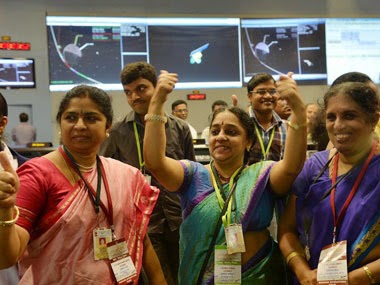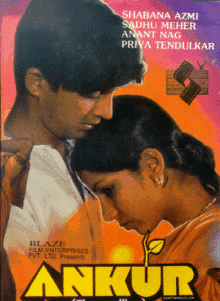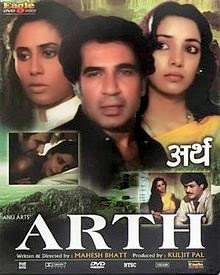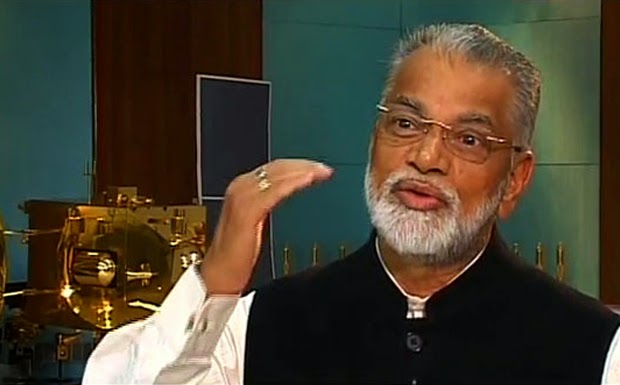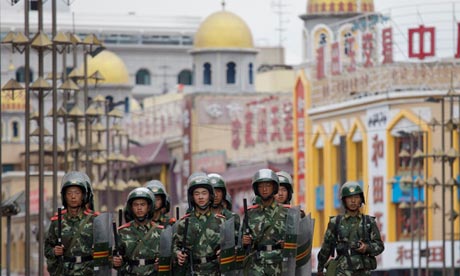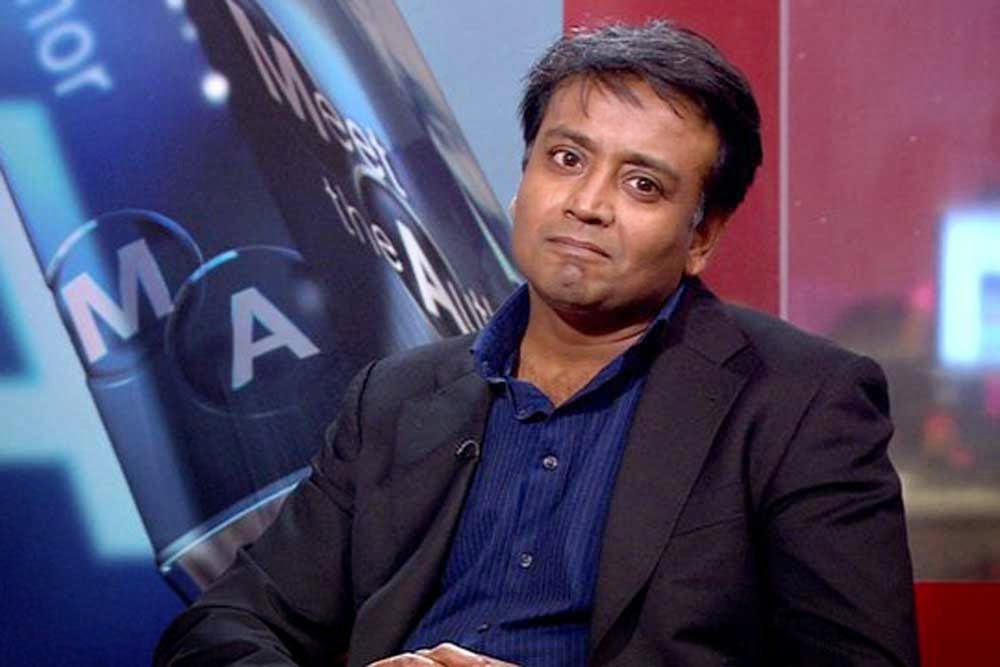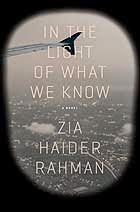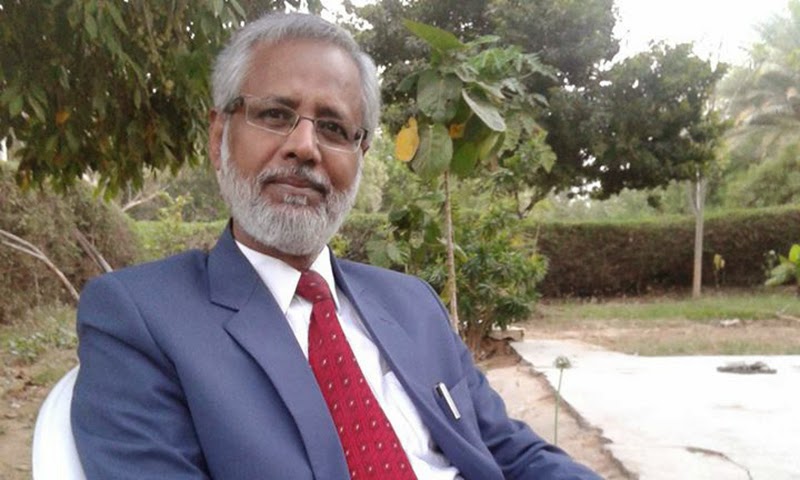…the major turning points in your life? Ankur….the parallel cinema movement. Arth…the women’s rights movement…….hunger strike with Anand Patwardhan…built
tenements for 50,000 slum dwellers at Chandivli ….
..could not have a child….I was heartbroken….Zoya and Farhan…their mother was generous
in letting us have access to them…..And I got
the man! …..
….
…
When it comes to the best (hindi) film actors (women) there will be many deserving candidates. Going by (Filmfare) awards won (and nominated) it would be Jaya Bhaduri (Bachhan), Nutan Samarth (Behl) and Kajol Mukherjee (Devgan). We have a soft spot for Smita Patil (Babbar) and we feel that but for her untimely death she would have been the best. Then there is Comrade Sayyida Shabana Azmi, who first starred with Ankur (The Seedling), a Shyam Benegal film in 1974. We wish Shabana didi (apu) all the best as the years go by.
……..
…
Only one cloudy lining in an otherwise brilliant blue sky (and we think Azmi recognizes this herself- see interview below). There are (we believe) a few red lines in life. You are not a (human) man if you rape. You are not a child anymore when you pick up a gun and torture others (yes, we know that indoctrination is to blame).
Likewise do not call yourself a feminist if you steal another woman’s husband and continue to brag about it three decades on (yes, we know that the man is equally responsible). If feminism has a creed it should be: sisters first do no harm (to another sister).
….
She has five National Awards, more than 120 films and has been a UN Goodwill
Ambassador status. As a vocal and articulate champion of communal
harmony and economic equality, she has honored her father, Kaifi Azmi’s
political legacy.
He inherited his literary talent from his father, Jan Nissar Akhtar and
his uncles, but it was his scripting partnership with Salim Khan that
created waves at the box office and made him a star. The wit and
sensitivity of his poems have carved him an important niche in the
nation’s literary annals. Married to one of Bollywood’s biggest
actresses, a star scriptwriter in his own right, he remains an intensely
private person.
Shabana Azmi reveals the hidden side of her husband and soulmate: Javed Akhtar.
Firstpost: You are articulate, expressive about what
you believe in, while he is quieter, more involved in his own world. Are
you opposites in terms of temperament?
Shabana Azmi: On the contrary, I cannot think of anyone who is closer to me, and more similar than Javed. He is my soulmate.
What makes your relationship so perfect?
Look at the similarities in our backgrounds. In discovering Javed I
rediscovered my father. Both are from UP, both poets, film lyricists,
writers. Both love politics… In fact if you consider the fact that one
seeks the perfect match of backgrounds for an arranged marriage, then
this could well have been the perfect arranged marriage.
But it wasn’t arranged…
He was already married by the time I realised how well suited we were.
When did that happen?
He had been coming home for a very long time, like other poets he would
come to read his poems to my father, seek his opinion. But I was very
busy with my work, and never really engaged with him.
Then in the ‘80s, I sat in on conversations my father had with him on
poetry, on politics, and I realised he was very different from his
image.
How did you become close?
He saw Sparsh, he really liked the movie. He told Sai (Paranjpe,
director) that he really liked the film. There was a little party at
Sai’s and he was invited too. We met there. He spoke of the film in such
detail that I was amazed. That was the start of serious complex
conversations.
But the fact remained that he was a married man…
Yes, we realised that. We stayed away from each other for as long as was
possible. My mother was against it completely. When I told my father, I
asked him, “Is he wrong for me?” And he said, “He is not wrong, but the
circumstances are wrong.”
When I asked him, “What if I change the circumstances,?” he said, “Then it should be okay.”
It could not have been easy.
Nobody can understand the anguish, the heartbreak… There were children involved.
For 2 to 3 years, we suffered the trauma. And then one day, we decided
to break up. It was too traumatic for the children if we went on. We
told each other, “We will break up after one last meeting.” We met for that last meeting and we talked and talked… not love talk
alone, but about everything, politics, poetry. We got so busy talking ,
we forgot to break up.
What was especially endearing?
The fact that he is so much like my father. For any ordinary man, my
father is a tough act to follow, especially knowing how much I
hero-worshipped my father.
Did you never dream of children of your own?
Of course we did, I did. For medical reasons, I could not have a child.
It hurt a lot, and I was heartbroken for a while. Then I told myself,
“One can’t have everything in life.”
Also Zoya and Farhan were very young then, and their mother was generous
in letting us have access to them. So I had children around. And I got
the man! I cannot imagine being married to anyone else.
…..
You complete 64. How do you look back on you amazing life so far?
With gratitude for being at the right place at the right time. I feel
blessed that my parents gave me values that I cherish. I’m singularly
lucky to have worked with directors who dared me to take risks and be
different and I am thankful to the Indian film industry. I will also
remain indebted to all those people who sensitised me to using art as an
instrument for social change.
What are your earliest memories of your birthday as a child?
My mother was superstitious about celebrating our birthdays because she
lost her firstborn a week before his first birthday, for which she had
made grand preparations. So childhood memories are mostly distributing
two sweets each to my classmates and the thrill of wearing beautiful
clothes to school instead of the boring uniform.
What drove you to choose acting as a profession?
It was predestined in a way. My mother, Shaukat Kaifi, who is a very
respected theatre artist, was working with Prithvi Theatres and used to
strap me on her back as a four-month old child and carry me to work
because we couldn’t afford a maid. When I was about three years old, I
started accompanying her on her tours [during school vacations]. I would
go to sleep backstage, with the smell of greasepaint all around me.
At St Xavier’s College (Mumbai), together with Farooq Sheikh, who was
two years my senior, we formed Hindi Natya Manch and went on to win
awards in every category through our college term. After completing my
graduation, I joined The Film and Television Institute of India in Pune
and passed with the gold medal for Best student in Acting. I am a firm
believer in training and at FTII, Prof Roshan Taneja, our acting
teacher, was wonderful. At the FTII, I was exposed to a lot of European
and Japanese cinema that shaped my aesthetics and directed the choices I
made in my career.
How did you make the niche that you have for yourself as an actor in a formula-driven industry?
I have an unconventional face for a Hindi film heroine. I remember BR
Chopra suggesting that I should do only vamps roles and Tarachand
Barjatya saying that I look “lower class” and so should restrict myself
to playing a maid etc. It’s another matter that later both of them cast
me in roles that were far removed from the moulds they had suggested! I
am amazed at the success I got in mainstream Hindi cinema and often
think those films (like Fakira, Parvarish, Amar Akbar Anthony etc) were
successful in spite of me, not because of me.
But I’d also played some very substantial roles in parallel cinema that
won me critical acclaim and several national awards, so I developed a
status that was equivalent to the most successful stars of those times
because I was not competing on their home ground. Had I done that, I’m
sure I would have been on the bottom rung of the ladder, but parallel
cinema gave me and Smita (Patil) and Naseer (Naseeruddin Shah) and Om
(Puri) a unique position. I will always feel indebted to the various
directors and writers who cast me in strong meaningful roles.
I didn’t plan my career. I was just guided by my aesthetics and the
sensibilities I had acquired because of my parents and the FTII.
Would you say success in show business is, as they say, “luck by chance”?
I attribute my success to being at the right place at the right time in
large measure. But I also do not take my work for granted and continue
to get butterflies in my stomach before embarking on a new film or a new
play.I’ve imbibed a lot from my mother about how to prepare for a part.
Days before [a new shoot], I start dressing up like a witch, a slum
dweller, a mafia don, depending on what I’m playing and move around the
house trying to inhabit the part.
Filmmaking is a collaborative effort. Actors get the maximum acclaim
because they face the camera. The truth, however, is that an actor is
successful because a whole team of technicians behind the scenes are
working to camouflage the weaknesses and enhance the strengths of the
actor. The film set is a training ground for relationships – you
negotiate your way through different people, from your co-star to the
light boy and the junior artists. It’s up to you whether you isolate
yourself and choose the ivory tower or you learn from all those you work
with. It’s so easy for a celebrity to be liked – a kind word, a genuine
smile and you spread good cheer.
Looking back, which do you feel were the major turning points in your life?
Ankur, because it ushered in the parallel cinema movement. Arth, because
it started my involvement with the women’s rights movement. Madame
Sousatzka with Shirley MacLaine; that led to my working in 10 films in
the West. My five-day hunger strike along with Anand Patwardhan for the
slumdwellers of Cuffe Parade. Today, we at Nivara Hakk have built
tenements for 50,000 slum dwellers at Chandivli as a result of a
tripartite agreement with the government of Maharashtra, a private
builder and us. My nomination to the Rajya Sabha by the President of
India has also been a great learning experience. I was a very active
member.
The single-most influential film of your life?
Mahesh Bhatt’s Arth remains a milestone. I continue to meet women who
say that it was a transformative experience for them and gave them
tremendous strength.
You’ve also done a lot of humanitarian work. You work with the
NGOs Nivara Hakk, run Mijwan Welfare society and have spoken to the UN
on various issues.
I’ve gone to the UN, been a signatory to a worldwide Human Rights
document about accepted measures during war times along with Kofi Annan
and Aga Khan; spoken at the Hague international court of justice on the
population question… issues that I was learning as I went along the
way.
If you could change one thing, what would it be?
An end to our patriarchal society’s mindset that values boys over girls.
……
Link (1): firstpost.com
Link (2): www.firstpost.com
….
regards
